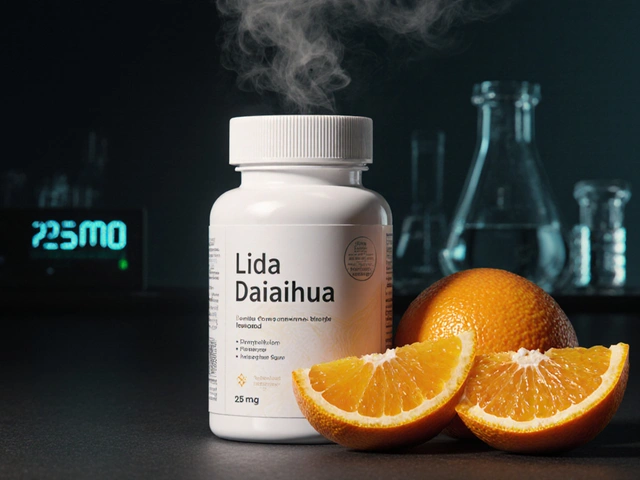Skincare benefits you can actually feel — not just promises
Want better skin without guessing or wasting money? The biggest wins come from small, consistent steps: sun protection, hydration, and a few proven ingredients. You don’t need a dozen products. You need the right ones and a simple plan you’ll stick to.
Daily routine that pays off
Morning: use a gentle cleanser, an antioxidant (like vitamin C), a lightweight moisturizer, and a broad-spectrum sunscreen (SPF 30+). Sunscreen prevents most visible aging and dark spots. Think of it as the single product that protects everything else you do.
Night: cleanse again, apply a targeted treatment if needed (retinol, acne meds, or a hydrating serum), then finish with a richer moisturizer. If you start retinol, begin twice a week and build up to avoid irritation. Patch-test new actives and introduce one new product at a time.
Ingredients that actually work
Hyaluronic acid pulls and holds moisture — great for plumping fine lines. Look for serums or moisturizers with hyaluronic acid listed. Ceramides and glycerin help repair the skin barrier and reduce dryness. For brightening and collagen support, vitamin C (10–20%) is a solid daytime pick under sunscreen.
Retinoids (retinol or prescription retinoids) boost cell turnover and collagen. Use at night and pair with good moisturizer. For inflammation or acne, benzoyl peroxide or salicylic acid are reliable choices — use targeted products and avoid mixing strong actives without guidance.
Antioxidants matter. Topical vitamin C, niacinamide, and even diet-based antioxidants help protect skin from free-radical damage. If you’re curious about antioxidant supplements, there’s useful info on superoxide dismutase (SOD) and how antioxidants support skin health in our Superoxide Dismutase article.
Don’t forget medical issues: viral cold sores call for antivirals like aciclovir (see our Aciclovir guide), and persistent or unusual skin changes should get a doctor’s look. Over-the-counter care is great for daily upkeep, but a professional can spot deeper problems early.
Practical tips that save time and money: pick non-comedogenic products if you break out, layer light into heavy (serum before cream), and trim your routine to what you actually use. Replace harsh scrubs with gentle chemical exfoliation 1–2 times a week to avoid barrier damage.
Lifestyle matters too: sleep, hydration, a balanced diet, and quitting smoking all show up on your skin faster than any cream. Stress management helps clear flare-ups for many people.
Start simple: sunscreen every day, a basic cleanser, a moisturizer, and one active you want to focus on. Watch how your skin responds over 4–8 weeks and adjust. Small, steady changes deliver the real skincare benefits most people want — less redness, fewer breakouts, smoother texture, and healthier-looking skin.

Calcium Carbonate in Skincare: Benefits and Concerns
Calcium carbonate, a common ingredient in skincare, offers various benefits and a few concerns. Used for its soothing and oil-absorbing properties, it can help improve the texture and appearance of skin. However, understanding its potential impact on different skin types is important. This article dives into the pros and cons of calcium carbonate in skincare, offering insights for mindful use.
Categories
- Medications (50)
- Health and Medicine (46)
- Health and Wellness (34)
- Online Pharmacy Guides (15)
- Nutrition and Supplements (7)
- Parenting and Family (3)
- Environment and Conservation (2)
- healthcare (2)
- prescription savings (1)
Popular Articles



